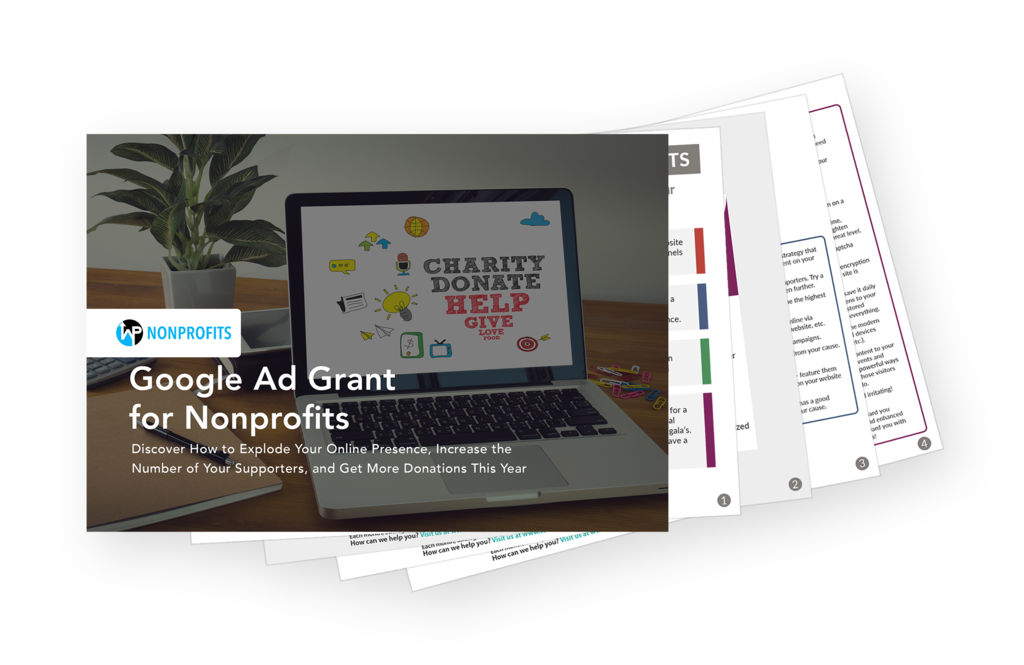

Tell your story
We've all grown up connected to stories. Whether it was your favorite childhood book you used to read at bedtime or an old tale that's been apart of your family for generations. There's something about a story that makes people listen.
Many Nonprofits have found success in storytelling because stories make people feel comfortable. Hearing the authentic, honest, and vulnerable experiences others have gone through, makes people feel at home. This is why SHOW not TELL is so important. When someone is learning about your organization and they hear the narrative of someone who has been impacted by your work, it's easier for that said person to visualize how they could fit into your organization.
So, how to tell your organization's story?
Begin by deciding whose story you'd like to tell – a volunteer's, a person who has received your services, a board member's, or a member of your community. Think of a person who eloquently demonstrates overcoming adversity. The greater the struggle, the greater the story. People tend to connect with those who have struggled greatly. There is more of a “listen factor”, which then creates an “action factor.”
Marketing reports show that before a consumer acts, they need to see content 3-7 times. In storytelling's case, this makes sense. The consistency of your storytelling, helps a reader familiarize themselves with who you are and why you do it. We recommend when it comes to storytelling, stick to one story a week, and spread the story out over three days worth of emails. When doing so, you are staying on track with the 3-7 times of “facetime” and you are allowing person-to-person connection with your digestible content. Don't forget to add a clear Call to Action. Examples include “learn more today”, “apply to volunteer”, “help us continue what we do.”
If you are using storytelling for a fundraising campaign that is spread out over months, we suggest taking a “breather” in between stories. The first reason is, you don't want to overwhelm your readers. You want them to have some time to let the story they just heard about sink in. Allow them time to realize how this story has impacted them, and let them remember why they love and support your organization. With your strong call-to-action, it's likely they'll come back and act. The second reason, is well, less is more when it comes to marketing! A story every week loses its effect. We suggest no more than two stories a month.
Storytelling is great content to cross-promote with. Meaning, you can email your story out and post the same exact story on social media. It goes along the theme again of 3-7 times you are getting in front of a reader, while also getting in front of new readers who may not be on your email list.
Storytelling has a proven record of increasing engagement and donations among Nonprofits. Always remember that when you are storytelling, keep the story the person's own. Don't change their story. Work with them to make it digestible. It's also okay to change the names of people to protect privacy. People crave connection, and this is the way to do so.















Giving Tuesday is coming! Start preparing today. | Website Development and Maintenance for Nonprofit Organizations says:
2020 Global Giving Trends | Website Development and Maintenance for Nonprofit Organizations says:
How Do I Reach Different Audiences for my Nonprofit? | Website Development and Maintenance for Non Profit Organizations says: